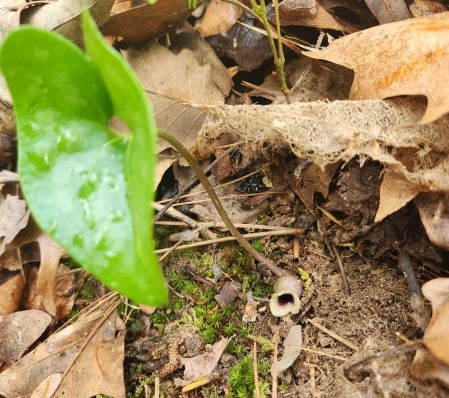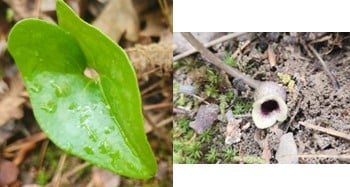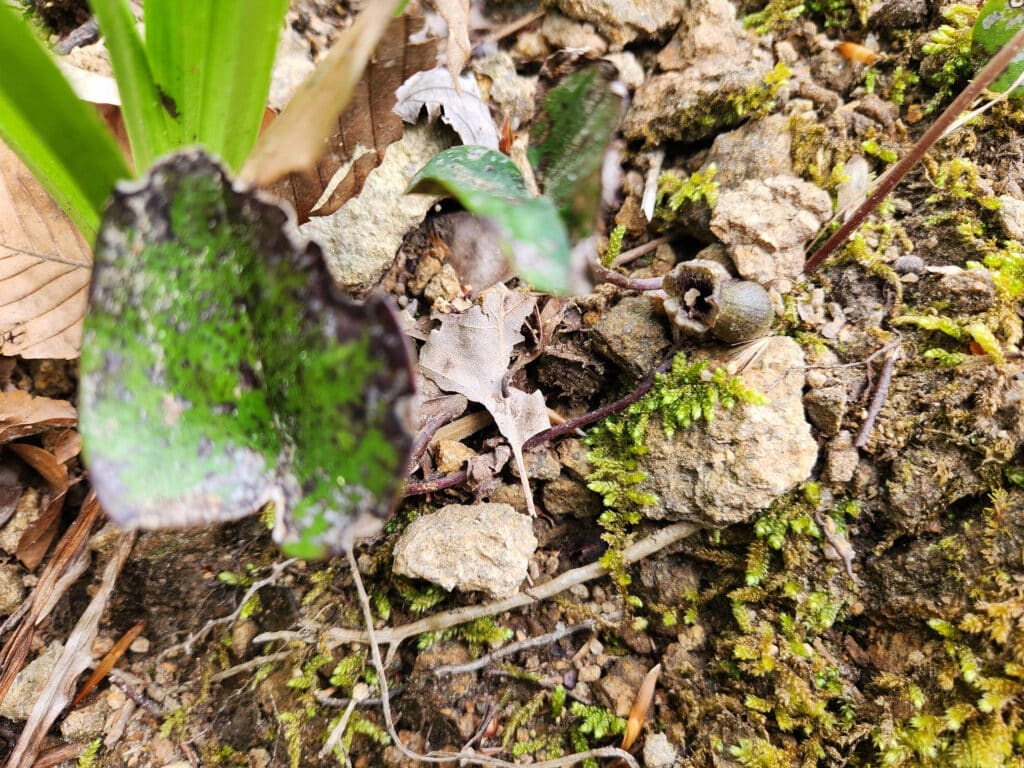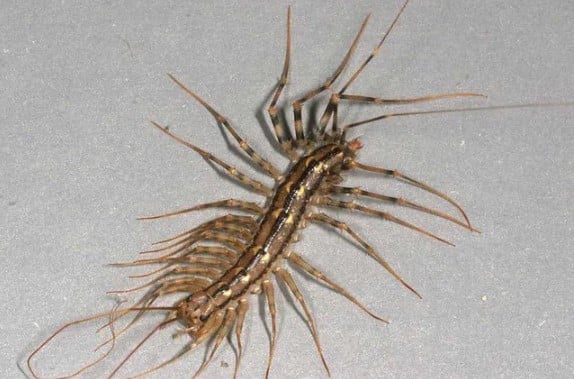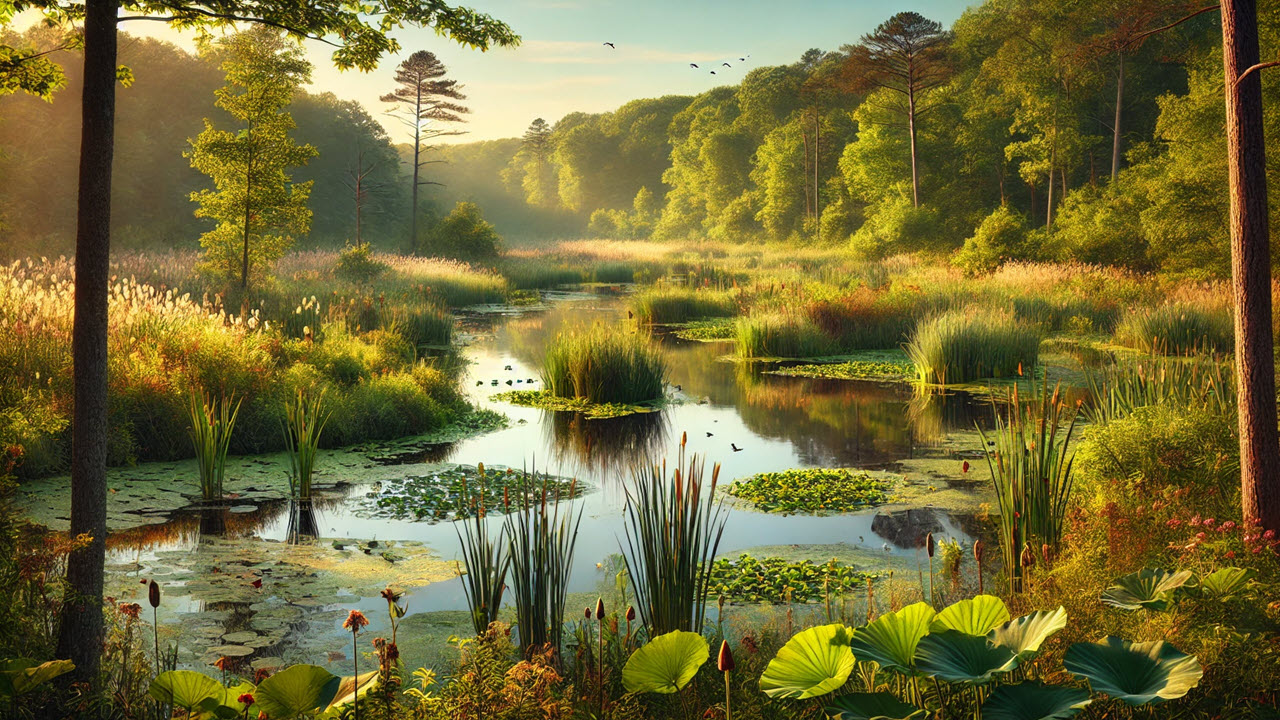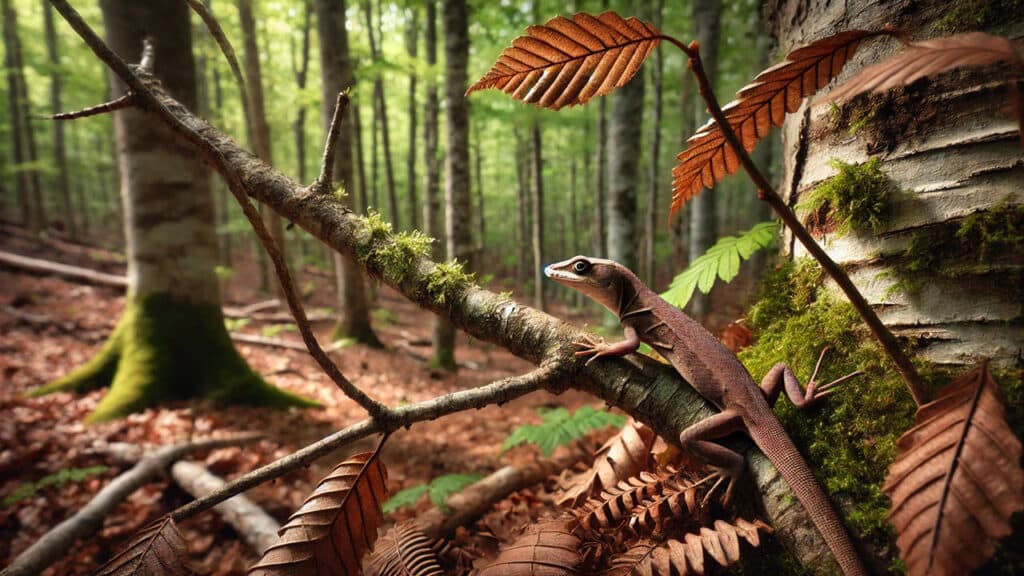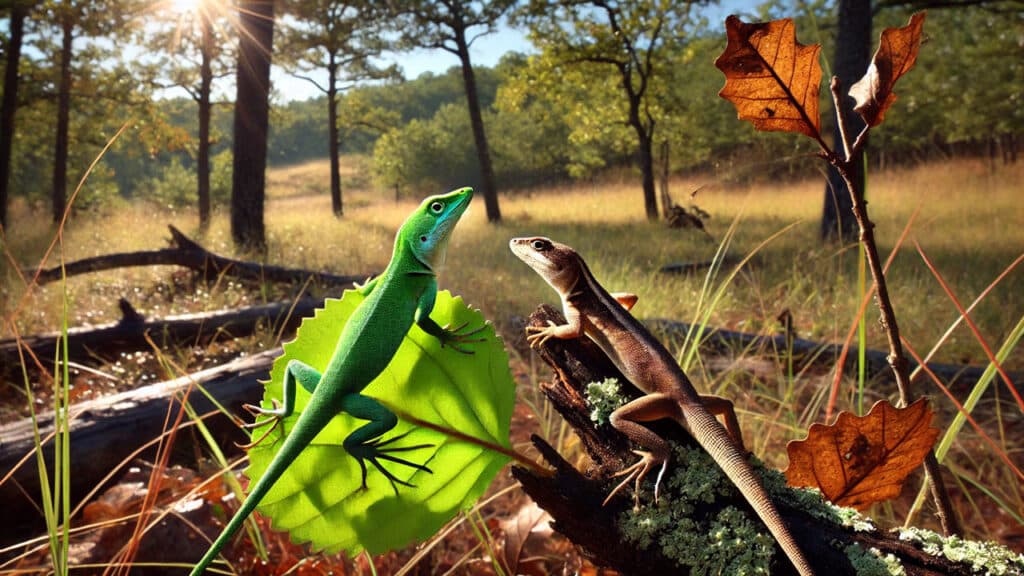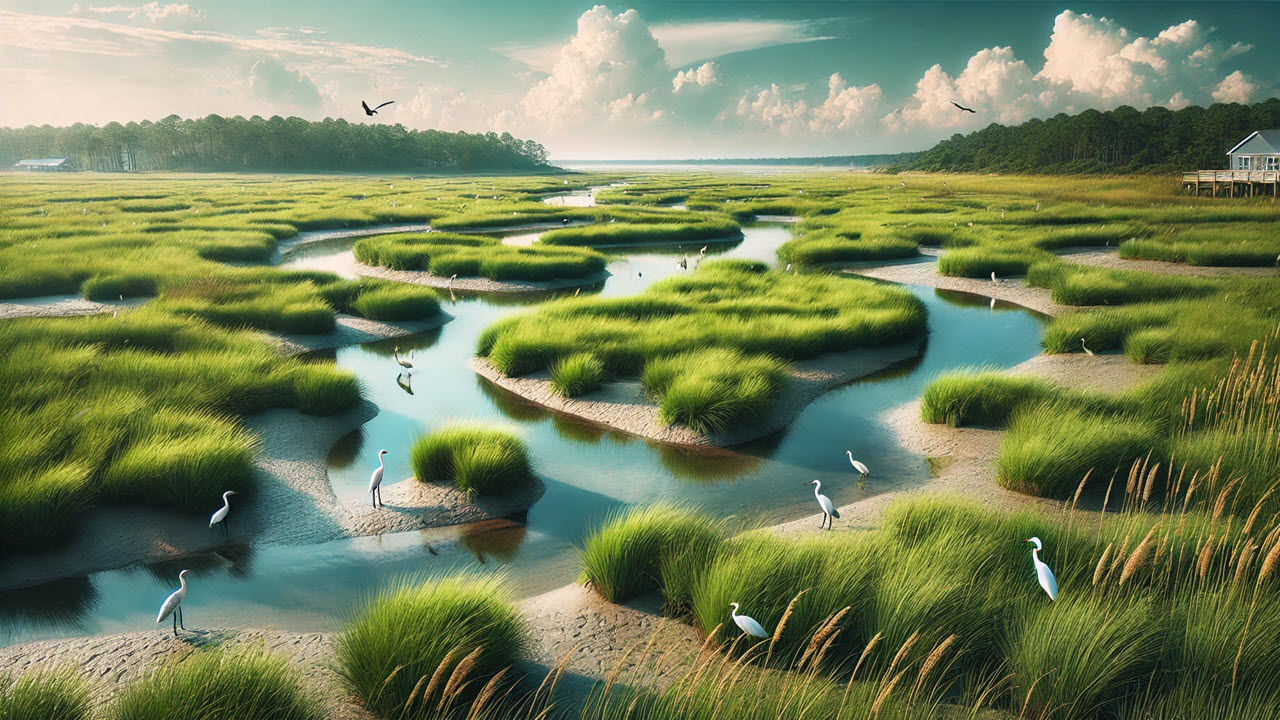
Last week we discussed Executive Order No. 305 and how that would, hopefully, lead to more wetland habitats being protected in North Carolina. The North Carolina Salt Marsh Action Plan, or NCSMAP, was briefly mentioned as a positive step forward in preserving, maintaining, and restoring the salt marshes along our state’s coast. Today we are going to delve into NCSMAP, which was released in May of this year. This action plan was initiated by the North Carolina Coastal Federation, or NCCF, as means of developing a guide for how the state could accomplish the goals set out in the South Atlantic Salt Marsh Initiative (SASMI) Plan, which was published in May of 2023. There are approximately 1 million acres of salt marsh in the South Atlantic region, which extends from North Carolina through Florida. This unique ecosystem provides habitat for over 75% of the species important in the fisheries industry, which in turn supports approximately 39,000 jobs. Salt marshes harbor other wildlife species, and, due to their ability to absorb large volumes of water, provide protection from flooding for the communities, military installations, and infrastructure present along the coast.
Despite the clear benefits to having salt marshes, this particular ecosystem is under threat from both sides. On the one side, they are under threat of being destroyed for development; on the other, they are at risk of dying off due to rising sea levels. While the vegetation within this ecosystem can tolerate inundation for long periods, they do require access to air at some point; salt marsh vegetation that is permanently submerged under the sea cannot survive. Thus, the SASMI Plan proposes adaptive measures that can help save this critical habitat, not only for the wildlife, flood control, and water filtration benefits, but for the benefit of the human populations that have called the area home for centuries. One such community is the Gullah/Geechee Nation, which was officially established in 2000 but has a rich history extending back to the 18th century. Their communities are spread along The Gullah Geechee National Heritage Corridor, which stretches from Jacksonville, North Carolina to Jacksonville, Florida. The Gullah/Geechee people’s ancestors were slaves and freedmen who settled in the region, and in 1861 and 1862 they were able to purchase lots of land, ranging in size from 10 to 40 acres. Unfortunately, it is projected that about 25% of the land in this corridor, throughout all four states, will be flooded/inundated due to the rising sea levels.
The SASMI Plan states that tackling sea level rise is outside of their scope, but what is within their scope is determining methods for salt marsh protection and migration that can be implemented, with state and local needs in mind, to keep these 1 million acres intact. Now wait a minute, you may be thinking, did you just say “salt marsh migration“? Yes! One of the strategies that is being proposed is to ensure that salt marshes can shift inland as sea levels rise. If the conditions are right, salt marsh vegetation will migrate inland, or landward, to escape the rising water levels. For this to work there has to be space available into which the salt marsh can move; the slope cannot be too steep; and there cannot be any physical barriers, such as roads, hardened shorelines, and urban areas. The SASMI Plan stresses that, while there are large areas of low-lying inlands along the whole South Atlantic region where the salt marsh can thrive, the migration must be executed carefully in order to avoid impacts to abutting freshwater and estuarine ecosystems and cultural resources. For North Carolina specifically, lower elevations of the northern coastal region offer more potential marsh migration space than the higher elevations of the southern coastal region.
NCSMAP proposes three strategies to protecting the salt marsh ecosystem in the state. Strategy #1 is to preserve what salt marsh areas are already in existence, through conservation and restoration efforts. By minimizing impacts of landward stressors, promoting and advancing their restoration, protection, and conservation, expanding the usage of living shorelines, and facilitating salt marsh research, the salt marsh habitats currently in place will continue and be able to migrate. The second strategy is to facilitate this migration wherever possible through conserving migration corridors and researching and assessing potential areas for migration. In addition, making sure that salt marsh migration is a priority when it comes to infrastructure planning is critical for the survival of the salt marsh. Finally, incorporating crosscutting approaches is the third strategy. This involves more research, pursuing funding, encouraging policy and management adjustments, and, perhaps most importantly, taking the time to communicate, engage with, and educate target communities and audiences. Without public awareness and support, the conservation and protection of the salt marsh ecosystem in North Carolina, and the South Atlantic region as a whole, will not be very effective.
NCSMAP is a great start for protecting salt marsh wetlands in our state, but it is going to take some time before all of these strategies pick up speed. In the meantime, education and community outreach will be the best way to learn about the issues and determine the methods that work for people and nature. Recognizing this, the North Carolina Salt Marsh Steering Committee (SMSC) established a Stakeholder Advisory Panel, consisting of over 100 public and private stakeholders, to provide guidance and feedback on how the actions proposed by SASMI and NCSMAP are doing in our state. By working together, the salt marsh habitats, and all of the natural and cultural resources they contain, can be preserved for years to come.



